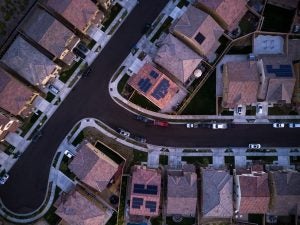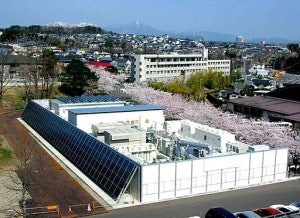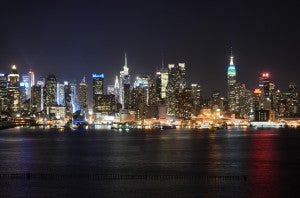By Daniel Whittle and Ronny Sandoval
 Hurricane Maria’s devastation of Puerto Rico in 2017 was overwhelming. Nearly 3,000 people lost their lives. Basic services, including power and water, were knocked out for months and the economy ground to a halt.
Hurricane Maria’s devastation of Puerto Rico in 2017 was overwhelming. Nearly 3,000 people lost their lives. Basic services, including power and water, were knocked out for months and the economy ground to a halt.
Power and other services have since been restored to nearly all parts of the island, but the long-term recovery continues. This recovery may not attract as much news as the disaster that led to it, but for Puerto Rico’s long-term prosperity, it is just as important and urgent as restoring basic services.
Puerto Rico’s grid was outdated and fragile before the hurricane, so simply rebuilding and restoring it to pre-Maria condition would be a mistake. Instead, the people of Puerto Rico have an opportunity to build a new energy system that can better protect residents from future super storms, improve the quality of life for everyone and support the island’s economy for decades to come. This will take local leadership, collective action and a new approach to how the energy system is designed, financed and managed.
Communities have been making remarkable progress towards rebuilding. Following their lead is key to making any solution to Puerto Rico’s energy crisis successful in the long term. Together, investors, businesses and nonprofit organizations can add to these efforts by sharing their experiences and new ideas to create a better energy future for Puerto Rico. Read More












